I’m in a rut. Every morning, I have toast with red jam.
You heard me right. I didn’t say strawberry, raspberry, cherry, or even currant. I said red. And it has to be lumpy. That’s why it’s not jelly.
Did you know that jam consists of crushed fruit, and we make jelly from juice?
Home cooks have been preserving produce for centuries to use up imperfect produce and stay ahead of bumper crops. And market shelves are often so packed with options that a tired shopper’s choice may come down to red or orange.
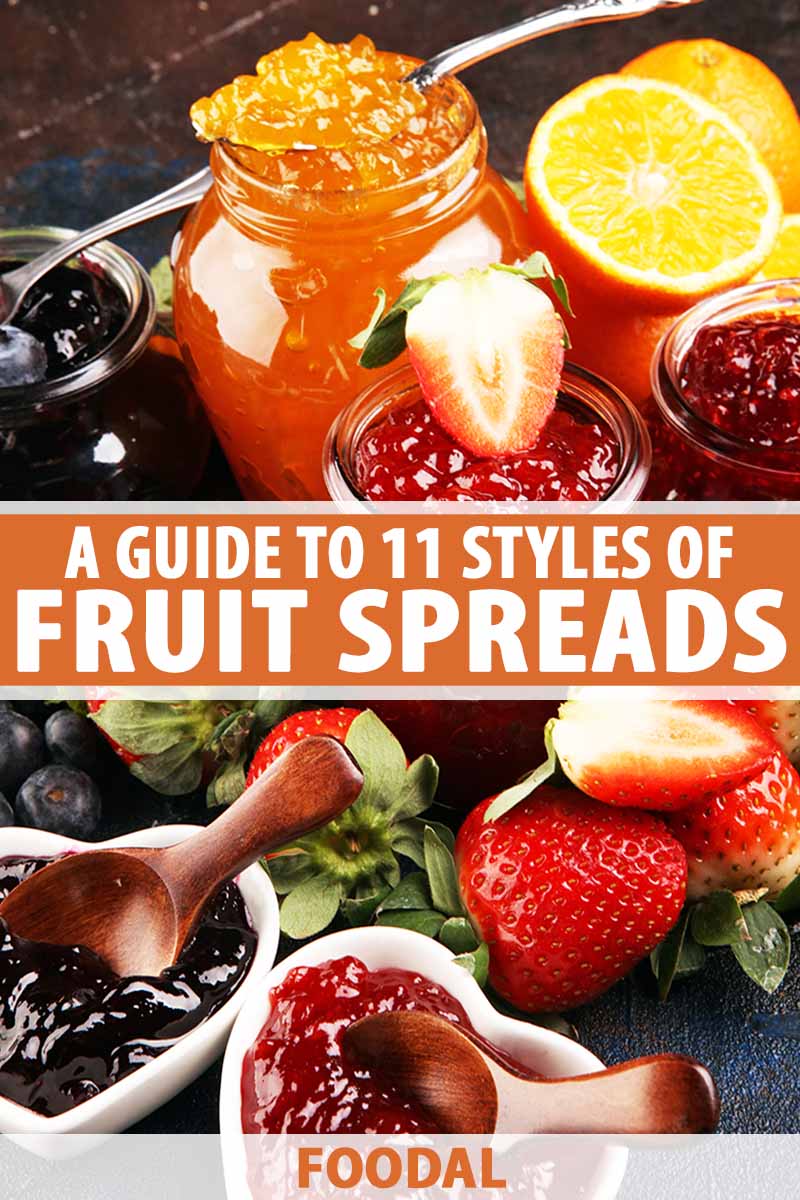
Let’s get to know the delicious choices available!
Join me for a quick look at fruit spreads and what makes each unique. It’s certainly time for me to branch out! How about you?
Here’s what we’ll cover:
A Quick Guide to 11 Different Styles of Fruit Spreads
1. Butter
Fruit butter is a thick paste of sweetened and spiced pulp. It’s cooked until tender, strained, mixed with sugar and spices, and cooked again. It reduces and thickens until it reaches the desired consistency.
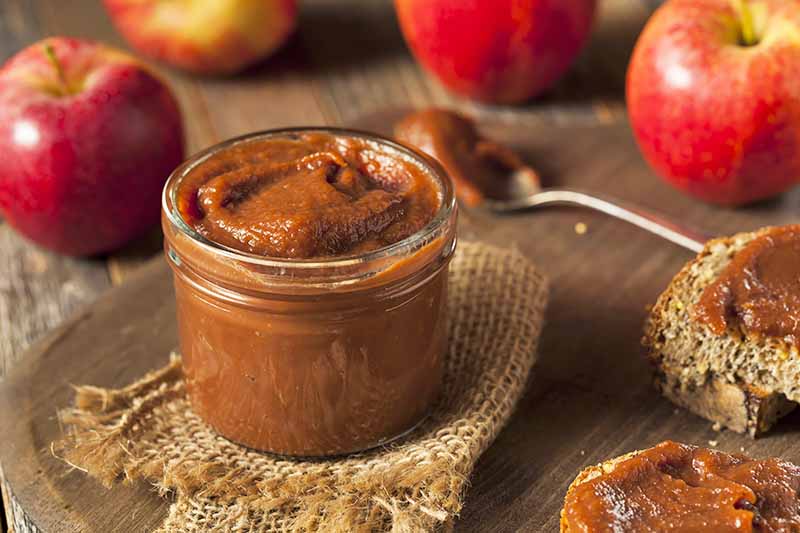
Apple, pear, and plum are all popular varieties of butter-style fruit spreads.
2. Chutney
Chutney may be cooked or raw, and it is a mixture of chunky produce combined with spices, vinegar, and sugar. You’ll often find fruit versions, such as our spicy mango or cranberry chutney recipes.
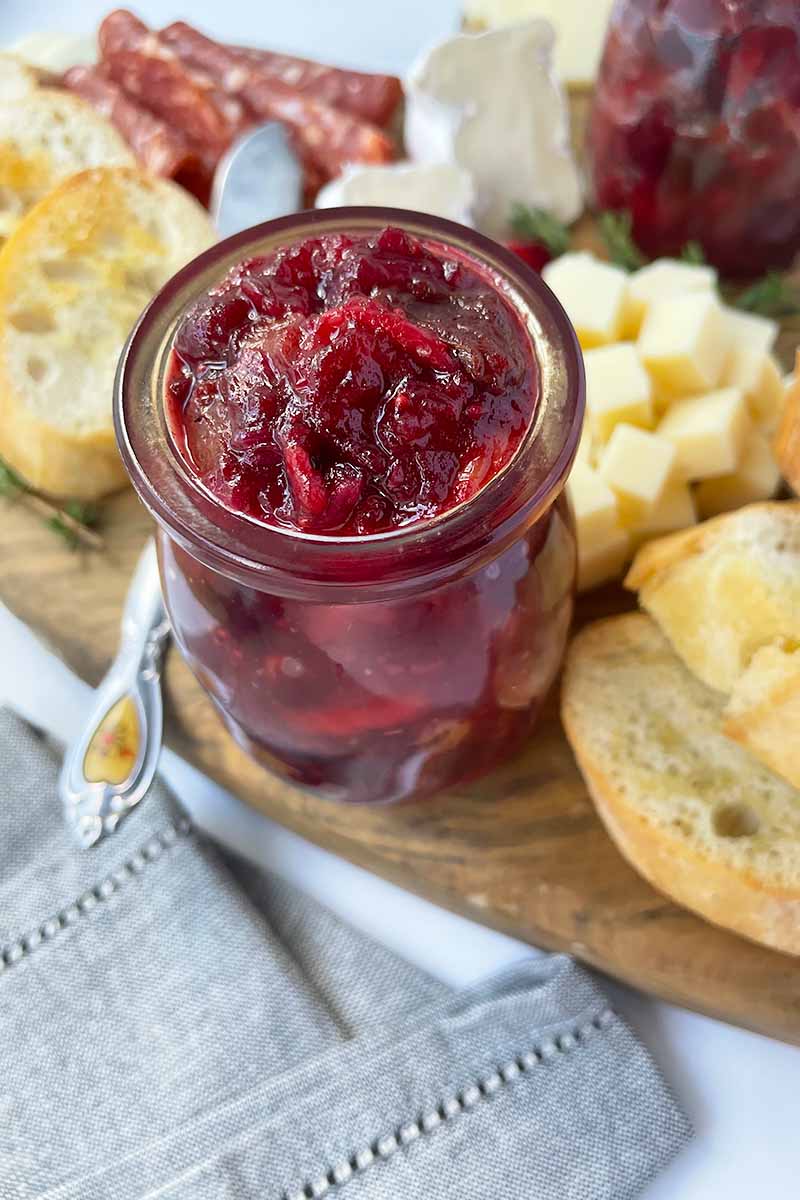
The consistency varies from smooth to chunky and the smooth varieties are quite spreadable.
3. Conserve
A fruit conserve is usually made with two or more varieties of fruit, and may also contain the rinds of a citrus fruit, like lemon or orange.
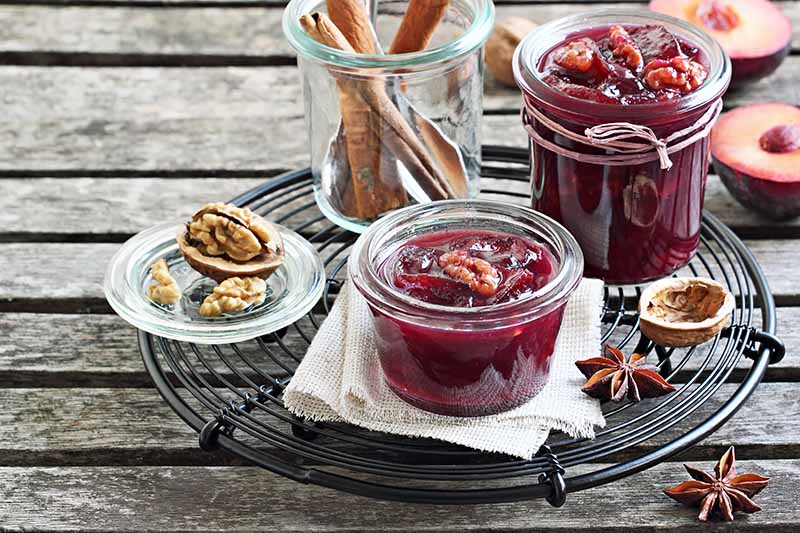
It offers a hefty bite, as dried fruits or nuts are often added to create a coarse, chunkier texture.
4. Coulis
A coulis often refers to a velvety-smooth, pourable sauce that can be made from pureed fruits or vegetables It may be strained as an extra prep step to achieve the smoothest texture.
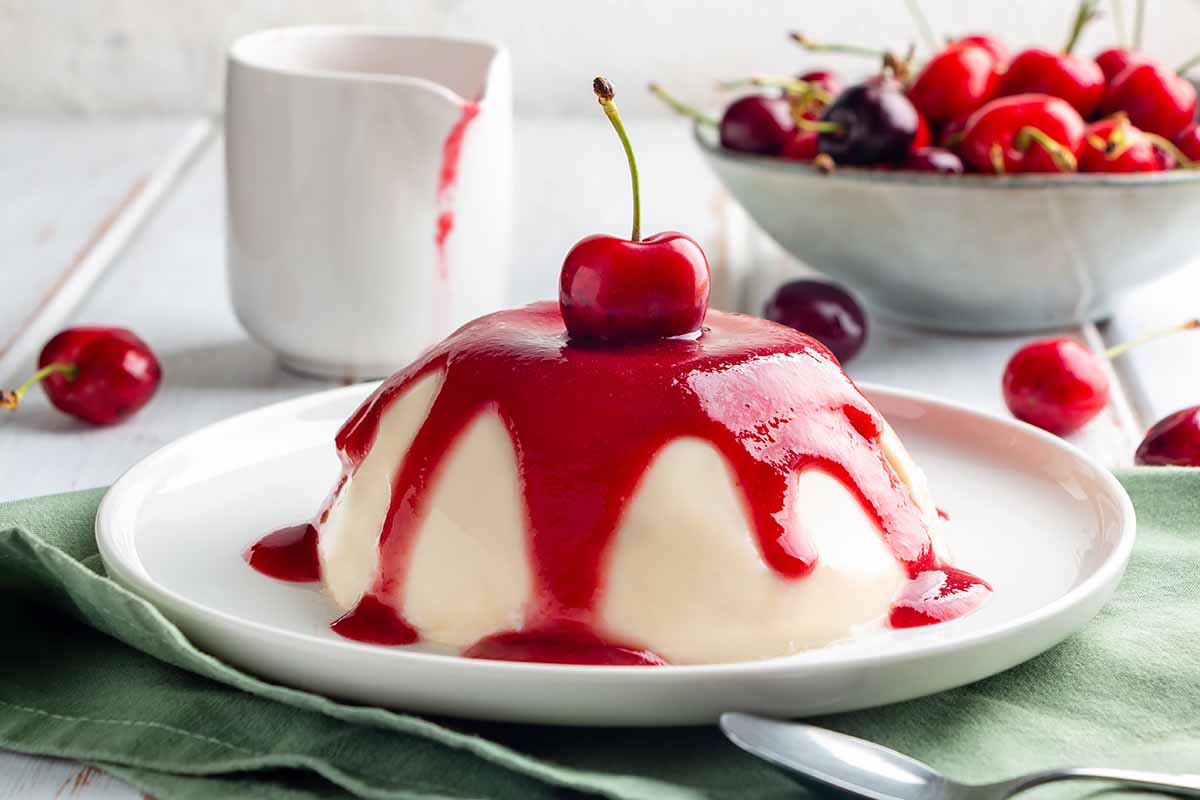
Depending on its ingredients, seasonings, and aromatics, it may be used as a savory sauce to accompany a meaty main course at dinner, or as a sweet sauce to pour over desserts like cheesecake and ice cream.
5. Curd
A curd is unique because it contains butter, eggs, fruit, and sugar. Opaque and creamy, it often contains citrus.

Lemon or orange curd are pleasant accompaniments to scones on an English tea table, and they can also be used as dessert toppings.
6. Jam
We make jam by crushing produce and cooking it with sugar until it thickens to have a uniform consistency and texture throughout. While it is not entirely smooth, no recognizable pieces of the fruit remain.
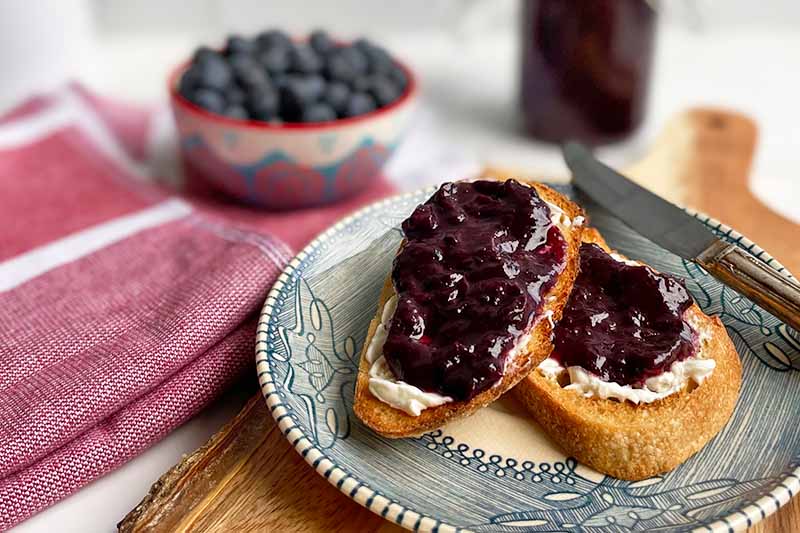
Our strawberry basil jam and peach jam, among many other homemade options, are both stellar examples.
The FDA regulates the ratio of ingredients in commercially sold jams and preserves, two terms the administration links as synonymous.
According to the FDA, in order to be identified as a jam or preserve, the mixture must contain at least 45 or 47 parts by weight of the main fruit ingredient to 55 parts by weight of the sugar. The exact ratio depends on what variety of fruit is used.
7. Jelly
Jelly has the most pectin and least pulp of all the varieties.
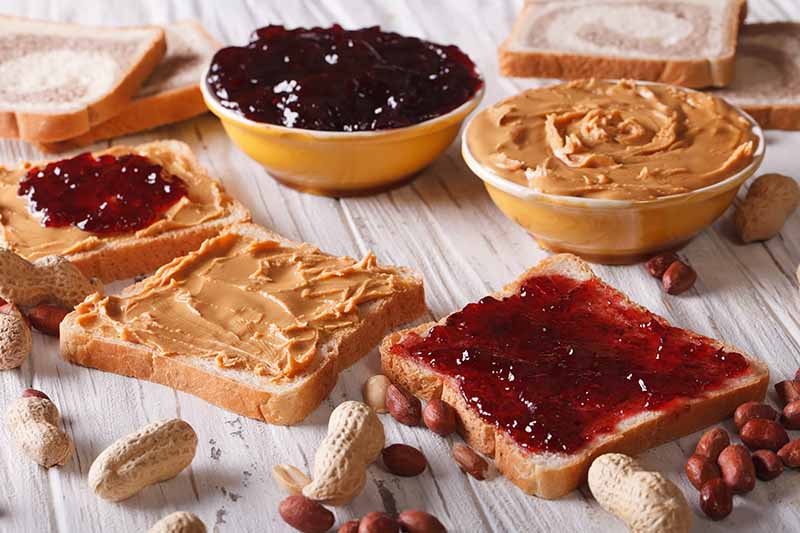
It is made by extracting and boiling fruit juices with sugar until the mixture reduces and thickens to a gelatin-like consistency. The finished product is smooth and translucent.
Like jam, the FDA also regulates the ratio of ingredients for any product that will be sold as a jelly. According to the FDA, the mixture cannot contain any less than 45 parts by weight of fruit juice to 55 parts by weight of sugar.
8. Marmalade
Marmalade consists of one or more fruits cut into large pieces and cooked down until the acidic juices, pectin, and sugar combine to form a syrup.
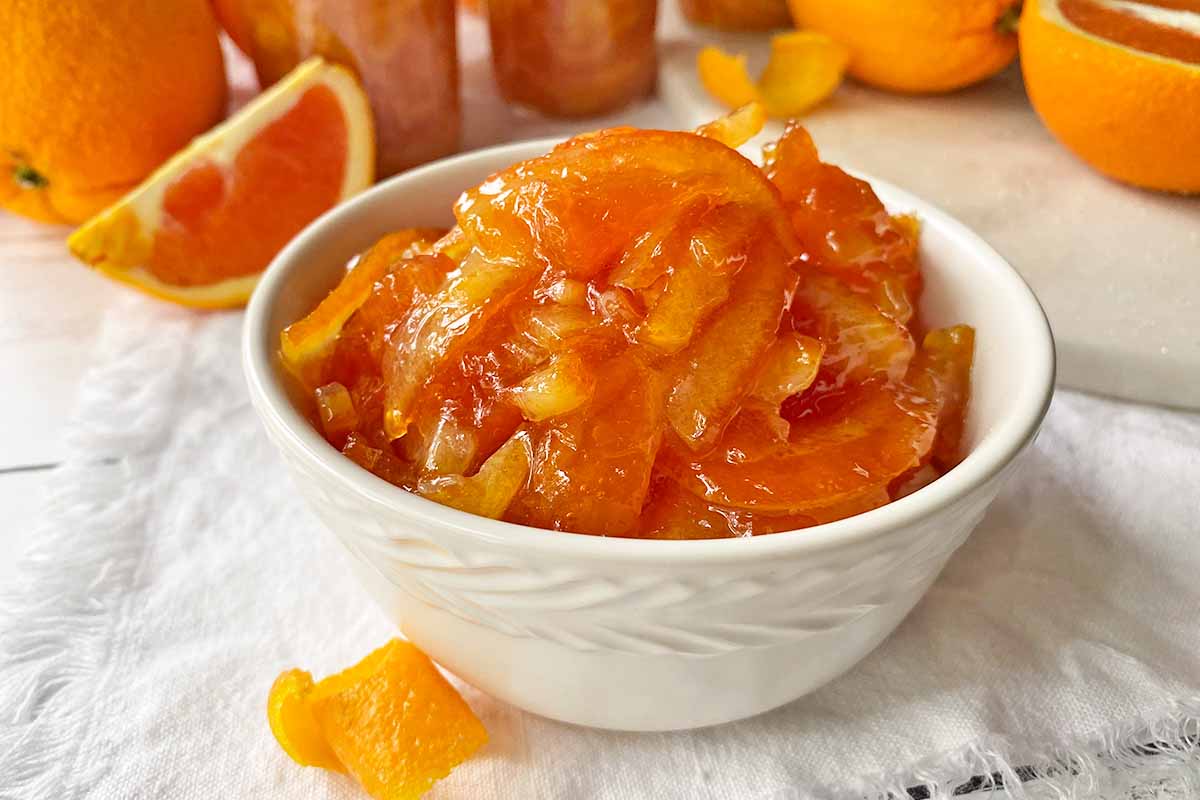
The pieces remain large and the included rinds make for a substantial bite.
For a classic example of this style, take a look at our recipe for orange marmalade.
9. Preserves
Preserves contain whole produce that softens during the cooking process but retains recognizable shapes. Sugar, acidic juices, and pectin work their magic to make a thick syrup.
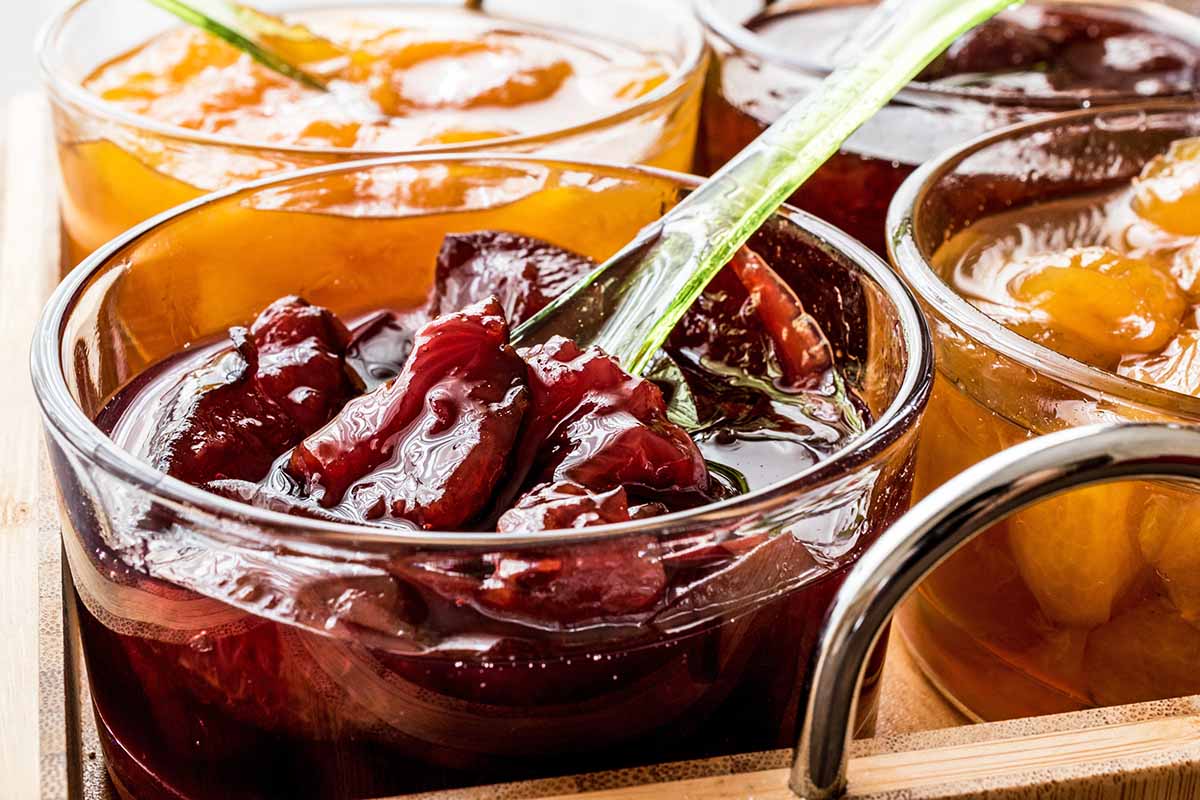
As mentioned above, the FDA imposes the same regulations on preserves as jams – while these two terms are interchangeable in the federally regulated commercial realm, they do vary culinarily in preparation.
10. Spread
“Spread” may refer to any one of the above products, and doesn’t refer to a specific style with a regulated ratio of ingredients.
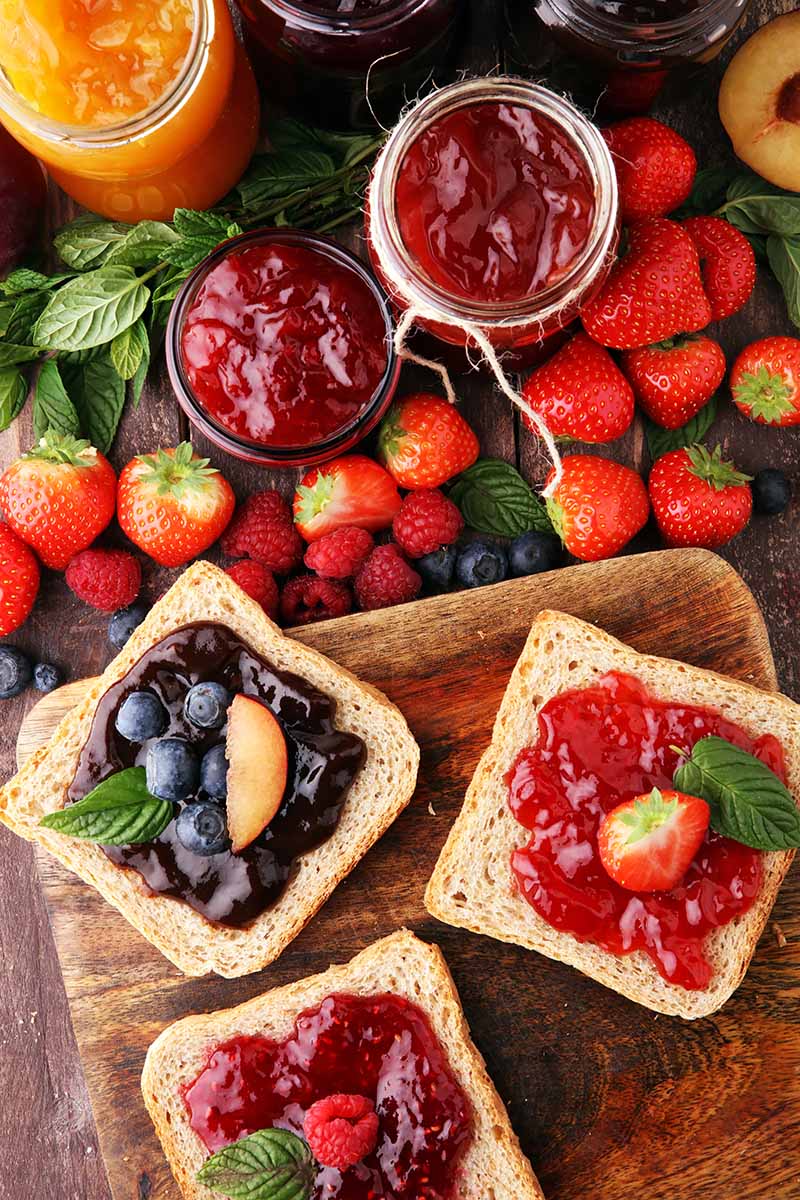
However, commercial manufacturers’ current marketing jargon often uses the word on its most natural products, namely those that don’t include high-fructose corn syrup in the ingredients.
11. Syrup
Fresh fruit syrup is sweet, sticky, and pourable, often enjoyed on pancakes, waffles, and ice cream.
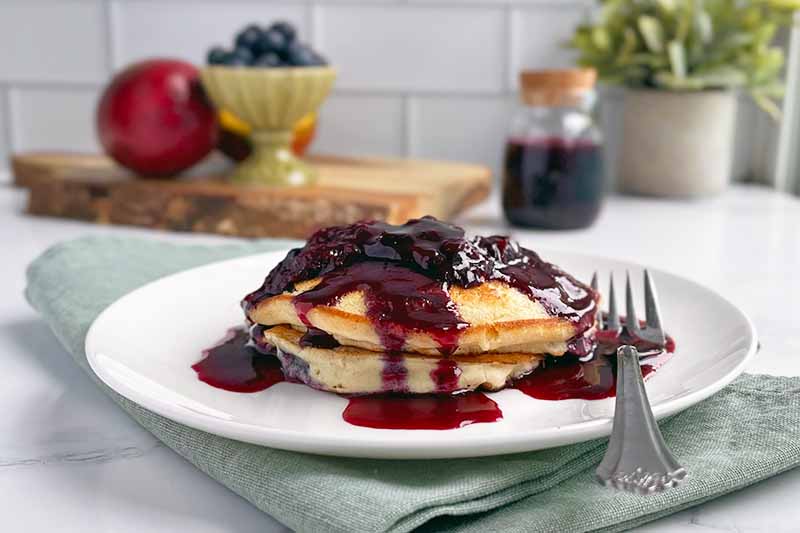
It’s different from a coulis, because it is sweeter and more viscous.
Try any of our homemade berry syrups whenever you have a surplus of juicy fruits on hand.
Get Your Jam On
Now that you know about different types of fruit spreads, it’s time to be adventurous and try making your own.
Not quite ready for homemade?
No problem. Neither am I. But I am ready to step out of my “red-color-only” comfort zone. Tomorrow, maybe I’ll pick up something orange!
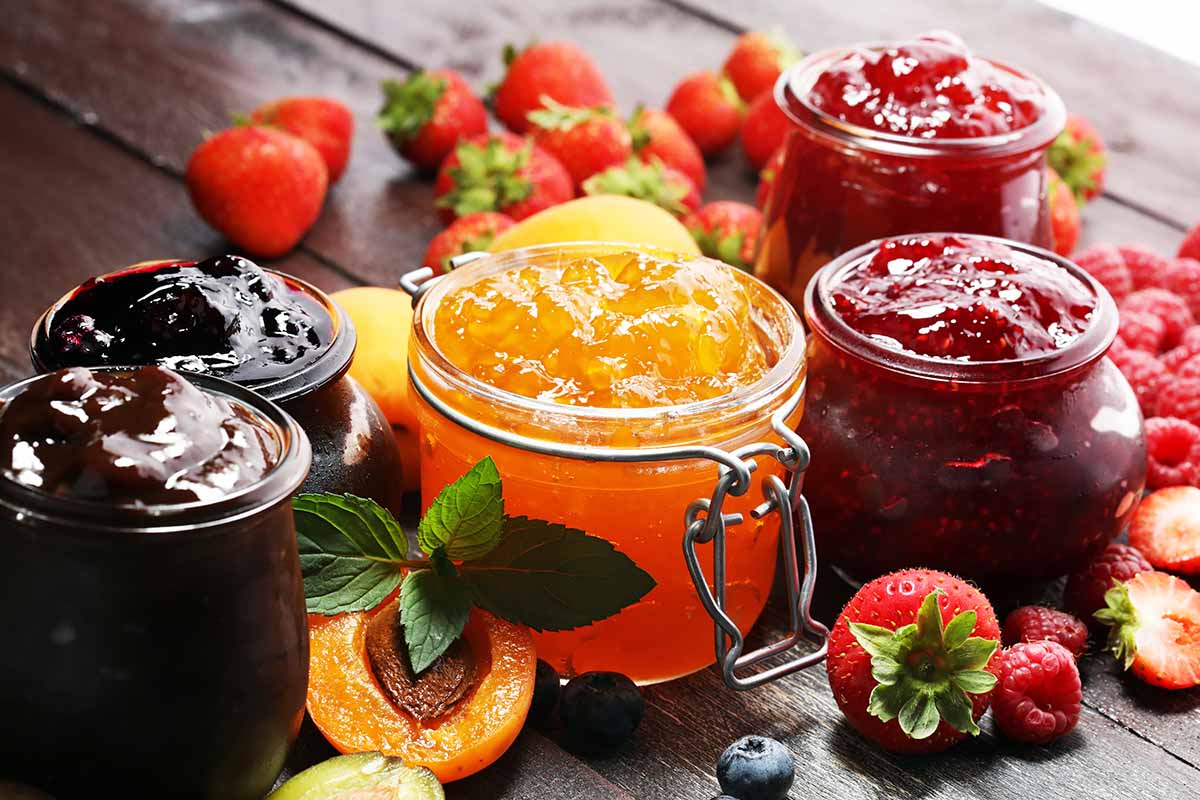
What’s your favorite variety? Do you have any home canning tips to share? Please share with us in the comments section below.
If you found this article informative and want more recipes for making delectable spreads, we recommend the following:
- Easy Homemade Fig Jam: No Canning Equipment Required
- Spiced Blueberry Jam
- Homemade Hot Pepper Jelly with Spicy Jalapenos
Photos by Fanny Slater, Meghan Yager, and Nikki Cervone, © Ask the Experts, LLC. ALL RIGHTS RESERVED. See our TOS for more details. Uncredited photos via Shutterstock. Originally published March 19th, 2018. Last updated October 11, 2023. With additional writing and editing by Nikki Cervone.
About Nan Schiller
Nan Schiller is a writer from southeastern Pennsylvania. When she’s not in the garden, she’s in the kitchen preparing imaginative gluten- and dairy-free meals. With a background in business, writing, editing, and photography, Nan writes humorous and informative articles on gardening, food, parenting, and real estate topics. Having celiac disease has only served to inspire her to continue to explore creative ways to provide her family with nutritious locally-sourced food.

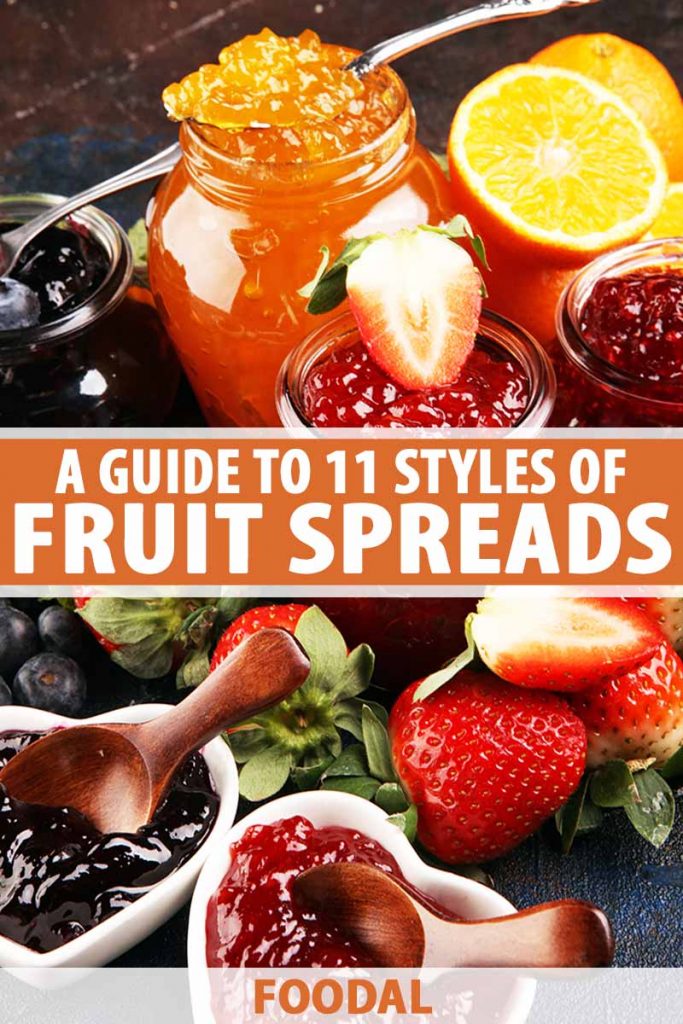



Very informant. I read all the articles and enjoyed them much. Thanks for the info.